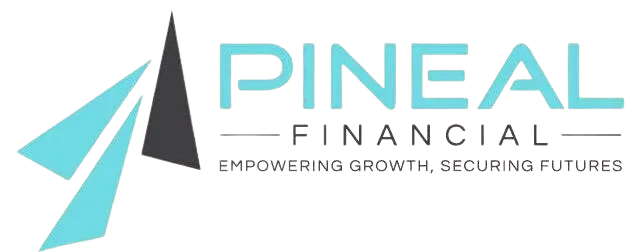Activate Funds from Accounts Receivable
Allowing extra time to satisfy invoices can be an incentive for clients but may leave a business in a financial bind. Large unpaid accounts could hamper the acquisition of materials needed to fill another order or hinder other operations. Fortunately, outstanding accounts payable and invoices can be leveraged to create cash during the waiting period.

Overview
Using outstanding accounts to generate cash flow is called factoring. The lender, called a “factor,” evaluates the client who owes payment. They decide how much of the outstanding amount they want to cover and give a lump sum to the borrower. The factor then collects the loan funds back from the client directly.
Accounts payable, invoices, and purchase orders can all be used to generate funds. Since lenders look closely at the clients who owe money to determine the likelihood of repayment, borrowers with a low credit score may still qualify.
Once the client is ready to pay, they submit funds to the factor, who collects a factoring fee and forwards any remaining funds back to the business. The downside to this process is that the factor can change a business’s relationship with its clients. If they’re unhappy with the factor’s collection procedure, it may reflect negatively on the borrowing business.

Loan Highlights
Factoring allows a business to borrow on its outstanding invoices and purchase orders.
The factor takes over the collection from the business’s clients.
Up to 80% of the account value can be funded, in some cases.
The application process can be simpler and shorter than a traditional loan.
Pros
Quick Access to Cash: Factoring allows businesses to convert outstanding invoices into immediate cash—often within 24 to 48 hours.
No Collateral Required: The invoices themselves act as collateral, so you don't need to pledge other business assets or personal guarantees.
Improved Cash Flow for Growth: Reliable cash flow helps cover payroll, inventory, or other operational expenses without waiting 30–90 days for clients to pay.
Cons
Higher Cost than Traditional Loans: Factoring fees can be significantly higher than interest on bank loans, especially if invoices remain unpaid for longer periods.
Customer Perception Risks: Some factoring companies contact your customers directly, which may affect your business’s image or client relationships.
Not Ideal for All Business Types: Factoring is best for businesses with steady, reliable receivables. It may not work well for companies with slow or unpredictable billing cycles.
